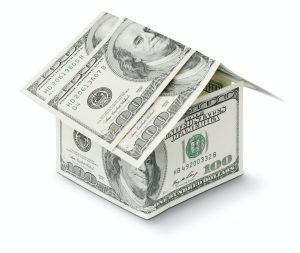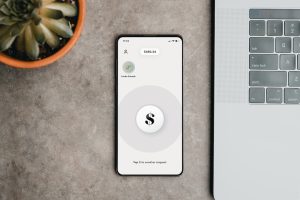Forex robots, also known as expert advisors (EA), are software programs that automatically execute trades on behalf of traders. These robots use algorithms based on technical analysis, market trends, and price action to make trading decisions. Developing a forex robot requires expertise in programming, trading, and market analysis. In this article, we will discuss how to develop a forex robot.
Step 1: Define Trading Strategy
The first step in developing a forex robot is to define the trading strategy. A trading strategy is a set of rules that determine when to enter and exit trades. The strategy should be based on technical analysis indicators, market trends, and price action. It is important to define the strategy before starting to code the robot.
Step 2: Choose the Right Platform
The next step is to choose the right platform for developing the forex robot. There are several platforms available in the market, such as MetaTrader 4 (MT4), MetaTrader 5 (MT5), cTrader, and NinjaTrader. Each platform has its own programming language, and it is essential to choose the one that you are most comfortable with.
Step 3: Learn Programming Language
Once you have chosen the platform, the next step is to learn the programming language. For example, if you have chosen MT4, you need to learn MQL4 programming language. If you have chosen MT5, you need to learn MQL5 programming language. Learning the programming language will help you to code the forex robot.
Step 4: Code the Robot
After learning the programming language, the next step is to code the forex robot. The coding process involves writing the algorithm based on the trading strategy defined in step 1. The algorithm should include the entry and exit rules, stop loss, take profit, and risk management rules.
Step 5: Test the Robot
Once the robot is coded, the next step is to test it. Testing the robot involves backtesting and forward testing. Backtesting involves testing the robot on historical data to evaluate its performance. Forward testing involves testing the robot on a demo account to evaluate its performance in real-time market conditions.
Step 6: Optimize the Robot
After testing the robot, the next step is to optimize it. Optimization involves adjusting the parameters of the robot to improve its performance. The parameters that can be optimized include the entry and exit rules, stop loss, take profit, and risk management rules.
Step 7: Deploy the Robot
The final step is to deploy the forex robot. Deploying the robot involves installing it on a trading platform or a virtual private server (VPS). A VPS is a remote server that allows the robot to run 24/7 without interruption. Once the robot is deployed, it will automatically execute trades based on the algorithm.
Conclusion
Developing a forex robot requires expertise in programming, trading, and market analysis. It is essential to define the trading strategy before starting to code the robot. Choosing the right platform and learning the programming language are also important steps in developing the robot. Testing, optimizing, and deploying the robot are the final steps in the development process. Developing a forex robot can be a rewarding experience for traders who want to automate their trading strategies.





